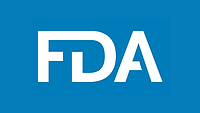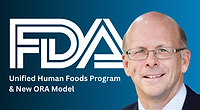Defending Milk From HPAI is High-Priority for FDA Human Foods Program, Says Deputy Commissioner

Image credit: cottonbro studio via Pexels
On April 1, 2024, the U.S. Centers for Disease Control and Prevention (CDC) confirmed that a person in Texas has tested positive for highly pathogenic avian influenza (HPAI) H5N1 virus, also known as “bird flu,” after being exposed to infected dairy cattle. This is the second confirmed case of HPAI H5N1 in the U.S. following a previous human case that occurred in 2022 in Colorado.
CDC has been monitoring for human cases of HPAI H5N1 since late 2021, when outbreaks first began to sweep through U.S. wild bird and poultry populations. The first related instance of HPAI confirmed in U.S. commercial poultry occurred in March 2022. Bird flu has also been affecting wild bird and poultry populations across the globe. HPAI in dairy cows was first reported in Texas and Kansas by the U.S. Department of Agriculture (USDA) on March 25, 2024.
In an April 4 webinar hosted by the Alliance for a Stronger FDA, U.S. Food and Drug Administration (FDA) Deputy Commissioner for Human Food James (Jim) Jones revealed that HPAI has become the “highest priority” within the agency’s Human Foods Program.
According to Mr. Jones, during the week preceding the April 4 webinar, FDA set up a dedicated Incident Management Team (IMT) to respond to and manage the developing public health and food safety threat posed by HPAI. The agency is also working to ensure the safety of the U.S. milk supply in light of confirmed cases of HPAI among livestock by engaging with the dairy industry to remind manufacturers of pasteurization best practices and requirements.
FDA, CDC, USDA, and state veterinary and public health officials are collaborating to investigate the HPAI outbreak among domestic dairy cows. Since March 25, 2024, there have been 15 confirmed cases of HPAI in dairy milking cattle across six states: Idaho, Kansas, Michigan, New Mexico, Ohio, and Texas.
Looking for a reprint of this article?
From high-res PDFs to custom plaques, order your copy today!








